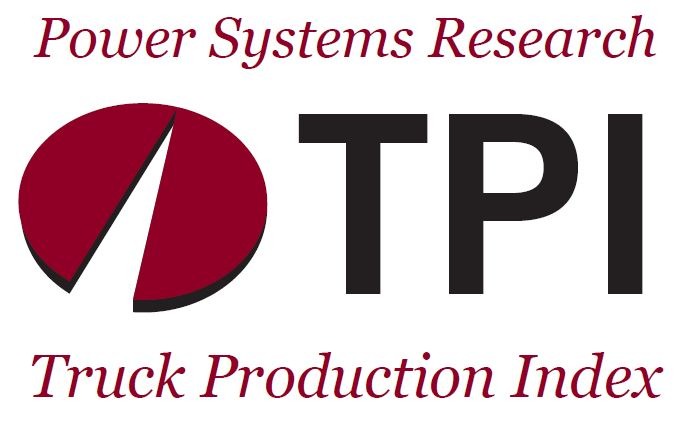PSR TPI Q1 2020
ST. PAUL, MN — The Power Systems Research Truck Production Index (PSR-TPI) decreased from 122 to 84, or 31.1%, for the three-month period ended March 31, 2020, from Q4 2019. The year-over-year (Q1 2019 to Q1 2020) loss for the PSR-TPI was, 116 to 84, or 27.6%.
The PSR-TPI measures truck production globally and across six regions: North America, China, Europe, South America, Japan & Korea and Emerging Markets.
This data comes from CV Link™, the proprietary database maintained by Power Systems Research.
All Regions: Prior to the spread of the Coronavirus, most regions were experiencing a slowdown in commercial truck demand. Depending on the duration of the virus, several countries are expected to slip into recession or a significant economic slowdown as a result.
Global Index: The possibility of a global recession now exists but it is uncertain how severe this may be. Some regions will fair better than others.
North America: The introduction of the Coronavirus along with an overcapacity of heavy trucks will lead to significantly lower demand in 2020. Prior to the Coronavirus outbreak, concerns about the Chinese tariffs and an overall slowdown in global economic growth were causing some headwinds for truck demand. PSR
Jim Downey is Vice President – Global Data Products at Power Systems Research
Chris Fisher is the Senior Commercial Vehicle Analyst at Power Systems Research






